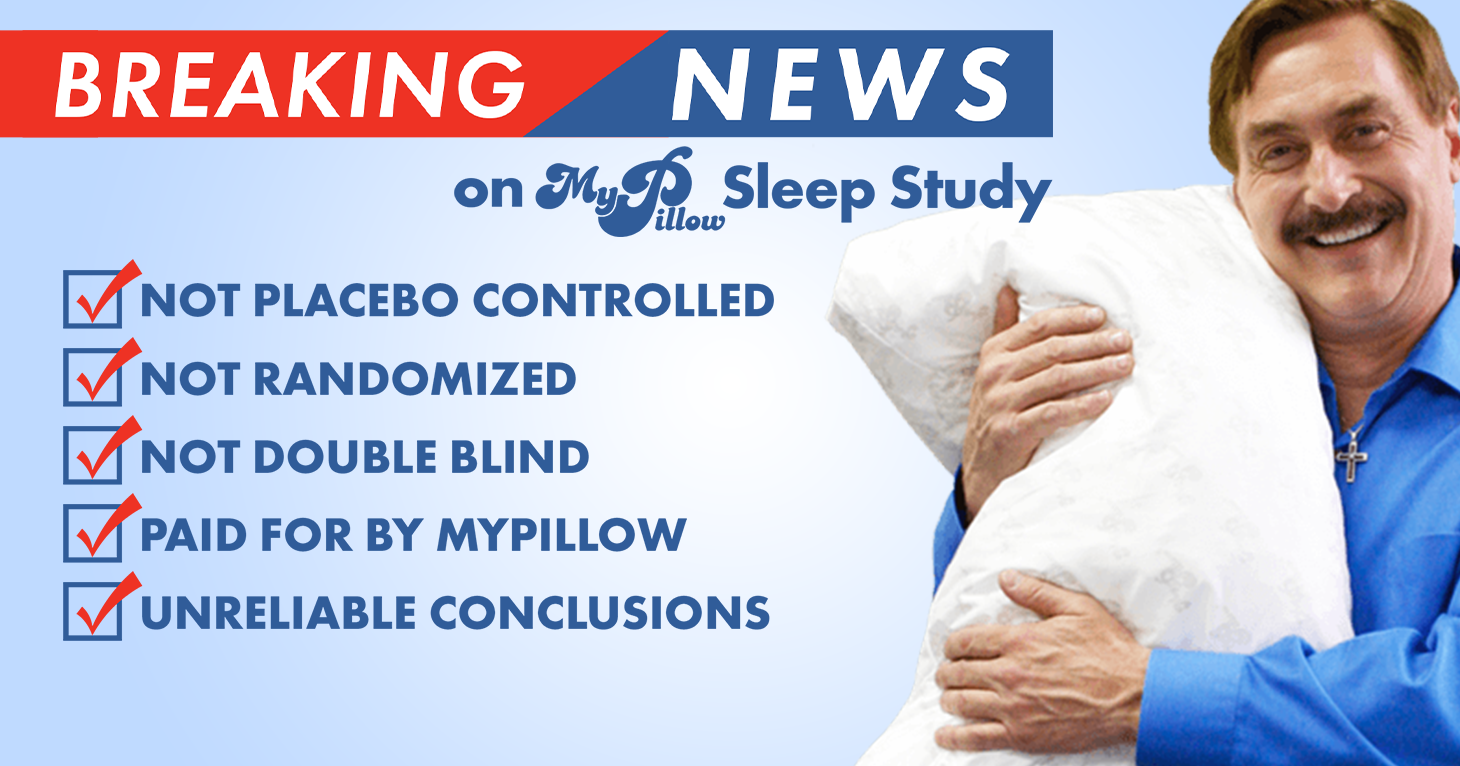
The Cost of Doing Business
Comparing the amount companies agree to pay to settle deceptive marketing charges with their annual revenue.
TINA.org urges consumer protection officials to reopen their investigation.
|
UPDATE 10/3/19: On Wednesday, the district attorney of Alameda County, California, filed a complaint against MyPillow for alleged violations of a 2016 settlement that prohibits the Minnesota-based company from misleading consumers about the effectiveness of its pillow. The complaint centers on a sleep study that MyPillow started promoting late last year in connection with claims that the pillow reduces the symptoms of sleep apnea sufferers, among other things. It cites a number of problems with the sleep study, including that the study is neither placebo-controlled nor double-blind, despite claims by MyPillow that it was both. The complaint comes six months after TINA.org alerted the district attorney’s office to the company’s violations of the 2016 agreement.
Three years after reaching a $1 million settlement with consumer protection officials in California over claims that it overhyped the health benefits of its eponymous pillow, Minnesota-based MyPillow is violating the terms of that agreement in spectacular fashion.
The pillow maker has spent millions of dollars promoting a randomized, double-blind, placebo-controlled “clinical sleep study” that the company says “proves” consumers get a better sleep with MyPillow. The problem is the study is neither randomized, double blind nor placebo controlled. To even refer to it as a study is a stretch.
The California settlement, which was informed by a 2016 TINA.org investigation into MyPillow’s marketing, broadly bans the company from misrepresenting any of the benefits of its pillows, in addition to specifically prohibiting MyPillow from making any health claims that it cannot support with reliable scientific evidence in the form of “at least one adequate and well-controlled human clinical study.” The “study” that MyPillow has used in TV commercials since November 2018 to claim that its pillow reduces the symptoms of some sleep apnea sufferers, among other things, doesn’t come close to meeting this standard. By all accounts, the study did not go according to plan, but MyPillow decided to go ahead and tout its unreliable conclusions anyway.
On Tuesday, TINA.org notified the California consumer protection officials, including the district attorney of Alameda County, that MyPillow is in violation of the 2016 settlement.
Chief among the study’s shortcomings is its own admission that researchers did not include “any comparative results between MyPillow and the placebo,” a goose down pillow, which means despite MyPillow’s characterization of the study as a randomized, double-blind, placebo-controlled clinical sleep study, it isn’t any of those things.
It goes downhill from there. Here are a few of the other attributes of the study that should have disqualified it from ever seeing the light of day:
“In short, it is clear that MyPillow is claiming its product has benefits that it does not actually have, and is using a flawed report as substantiation for its deceptive claims,” TINA.org wrote to California regulators, urging them to reopen their investigation.
Even as MyPillow has spent millions of dollars on TV ads touting its defective study according to ad-tracking firm iSpot.tv, the company has distanced itself from the study on its website. A banner that used to promote its findings is down and the study is no longer posted on the MyPillow website.
Find more of our coverage on MyPillow here.
Comparing the amount companies agree to pay to settle deceptive marketing charges with their annual revenue.
CGI influencers are here.
California files lawsuit against pillow maker over misleading health claims for the second time in three years.

